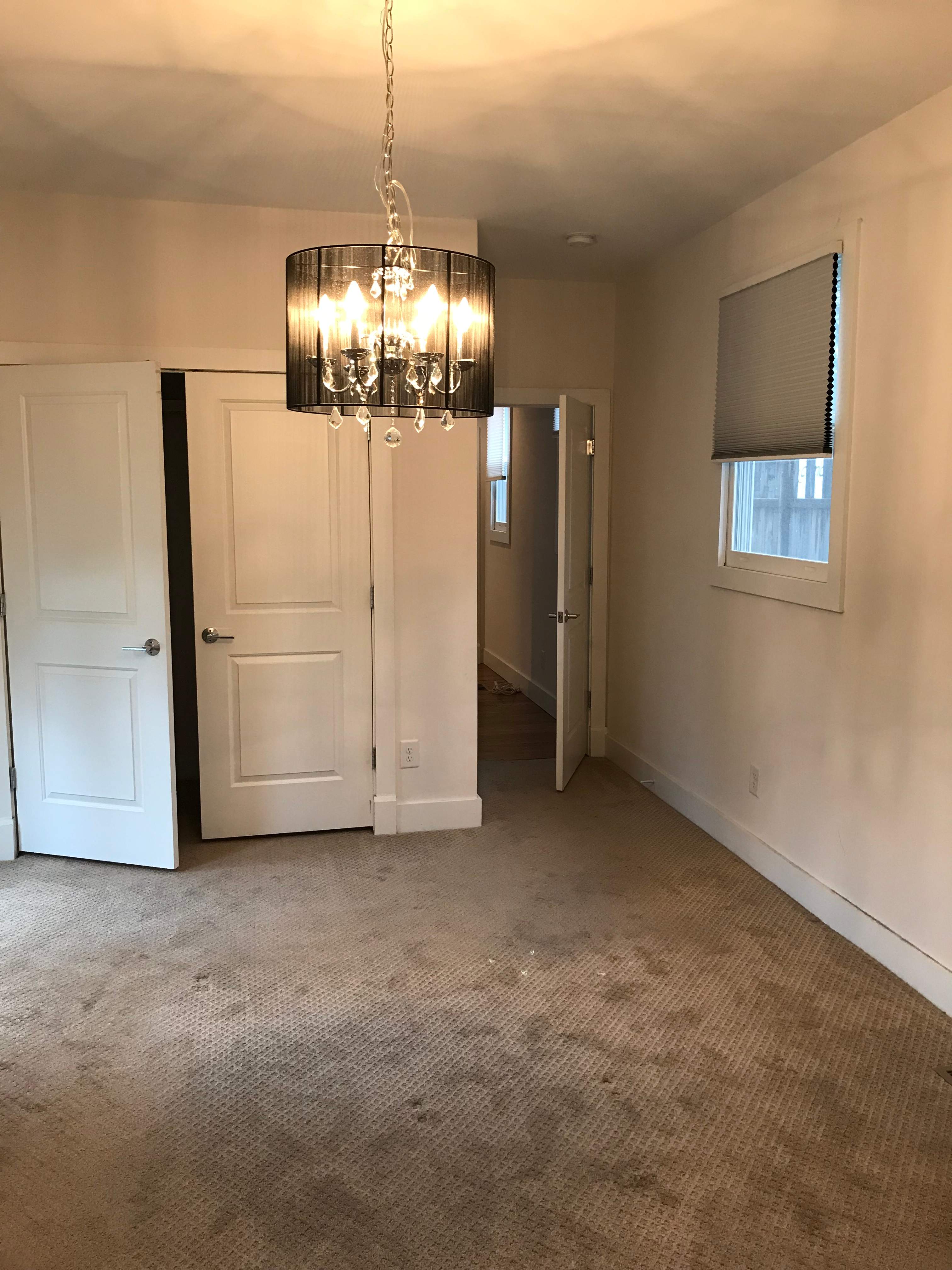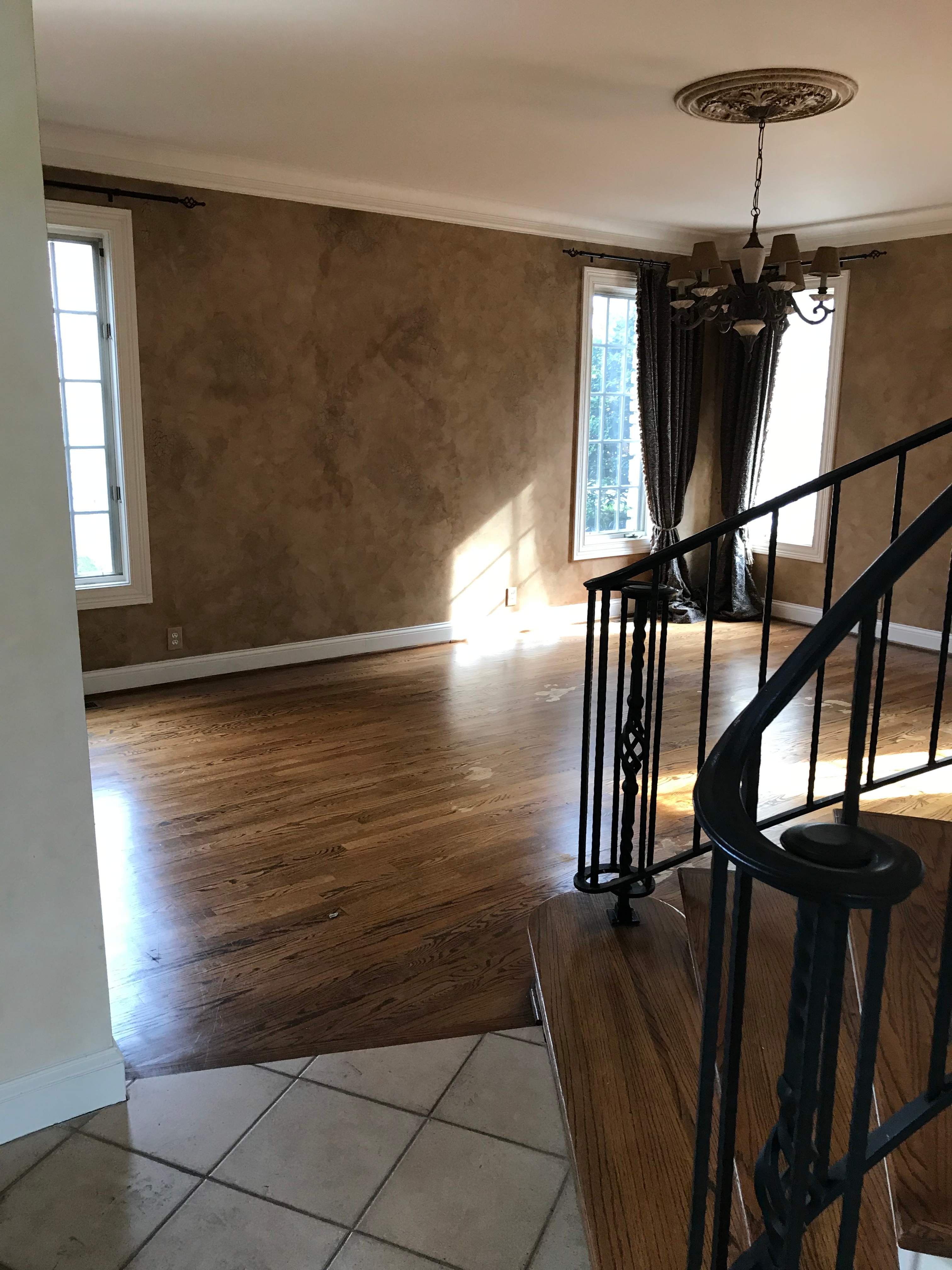The Importance of Safety Precautions When Painting Over Lead Paint
Painting over lead paint requires careful attention to safety precautions. Lead paint poses significant health risks, especially to children and pregnant women. Ensuring proper safety measures can make the process safer and more efficient. This article will explore the essential safety precautions you need to follow when painting over lead paint, including ventilation, using respirators, and wearing coveralls.





